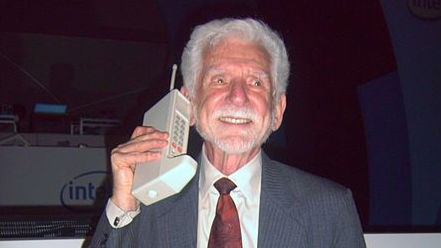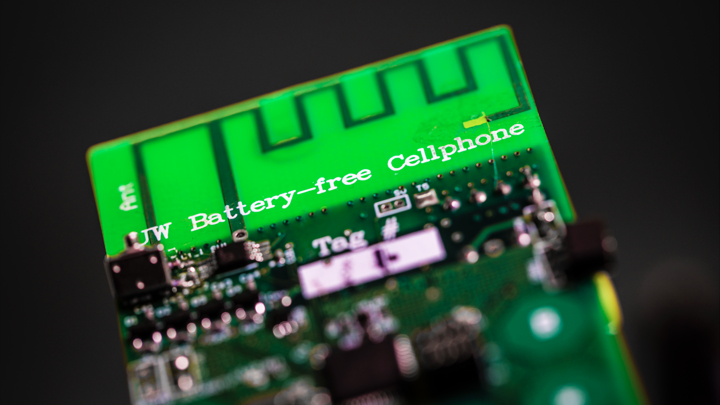How the Cell Phone Became Smart

Innovation always begins with a crazy idea. And so it was with the cell phone. The following timeline highlights the key developments in the cell phone’s development into a smart technology.
In 1843 Micheal Faraday, an English chemist and physicist, was derided as a “crackpot” for his research into the possibility that space can conduct electricity.
In 1908, a Kentucky melon farmer named Nathan Stubblefield was granted an US patent for the Wireless Telephone technology.
Can you hear me now? In 1921, The Detroit Police Department installed 2 MHz mobile radios in their squad cars. The results weren’t encouraging: they experienced “overcrowding on the channels and terrible interference.”
In 1940, the Chicago-based Galvin Manufacturing Company, a forerunner of Motorola, pioneered a radio receiver/transmitter called Walkie-talkie. Similar devices were developed for use by the U.S. Signal Corps in World War II.
In 1947, Douglas H. Ring, an engineer at AT&T’s Bell Laboratories in Murray Hill, New Jersey, proposed the development of a cellular phone system.
The same year as the Sputnik launch–1957–a Soviet radio engineer Leonid Kupriyanovich created and patented a mobile phone he named LK – 1.
The American inventor Dr. Martin Cooper makes the first mobile call on April 3, 1973.
AT&T’s proposal for an analog mobile phone system was approved by the FCC in 1982.
The Cellular Technology Industry Association was created in 1988 and introduces the highly evolved time division multiple access (TDMA) phone technology in 1991.
The BlackBerry two-way pager is introduced in Munich, Germany in 1999. The smartphone version is introduced in 2002.
By 2004, Cell phone use was so widespread that disposing of old ones became an environmental hazard. California Governor Arnold Schwarzenegger signed the Cell Phone Recycling Act, requiring retailers to create plans for the collection of used devices.
Apple introduces the iPhone in 2007. The iPad is to follow in 2010.
Inventor Martin Cooper describes his contribution in the 100-year adventure to bring this technology to commercial scale:



